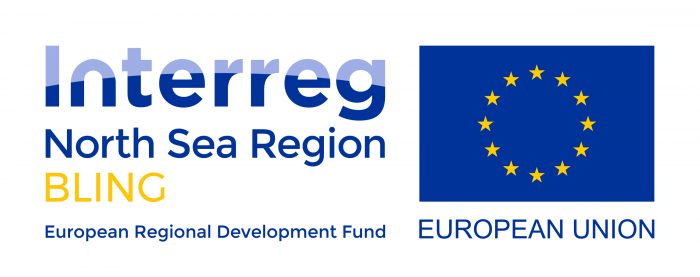Bringing BLING to transport in Scotland
The South East of Scotland Transport Partnership and the Centre for Design Informatics at the University of Edinburgh will be collaborating on a new European project exploring opportunities around Blockchain technology developing practical transport focused applications for the technology with the development of a pilot project in the South East of Scotland.
Blockchain is a key enabling technology that will underpin efforts to deliver innovative services under the Digital Agenda for Scotland and Europe. Blockchain promotes user trust by making it possible to build systems that share information and record transactions in a verifiable, secure and permanent way. Based on a ‘distributed ledger’, blocks of information are chained together with cryptography to produce a system that stores, manages and verifies information.
Blockchain IN Government (BLING) builds upon the substantial investments by the EU, national governments, academic institutions, corporations, SMEs and wider networks to provide one of the first dedicated platforms to bring these tools and approaches into local and regional services. BLING provides a unique combination of public authorities, knowledge institutions and SMEs who will work to develop and deploy blockchain-enabled public services focusing on Identity, Direct Democracy, and Customer Services.
BLING isn’t a tech project: it will use an explore/enable/deliver approach to accelerate the adoption and deployment of blockchain to enable the creation and delivery of the next generation of smart services for citizens, governments and SMEs.
the team at Design Informatics supported by SEStran is prototyping ways to create Location Based Smart Contracts – agreements about the location and relations of smart objects in space that allow conditions such as proximity or co-location to trigger actions like financial transfers or opening physical locks. These systems are backed with blockchains, to explore new techniques for make location data secure without being invasive.

